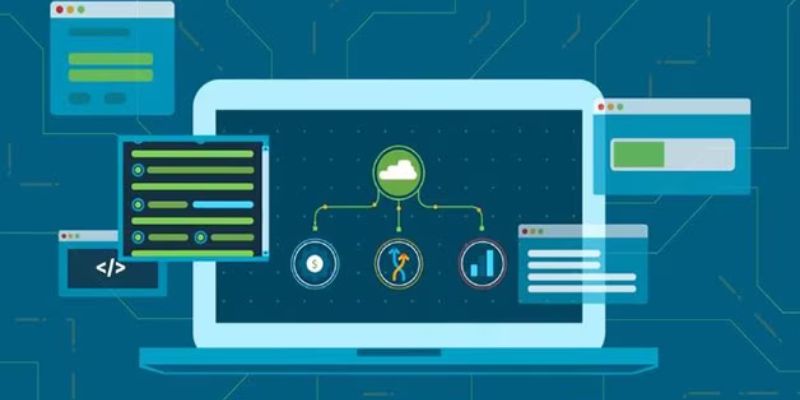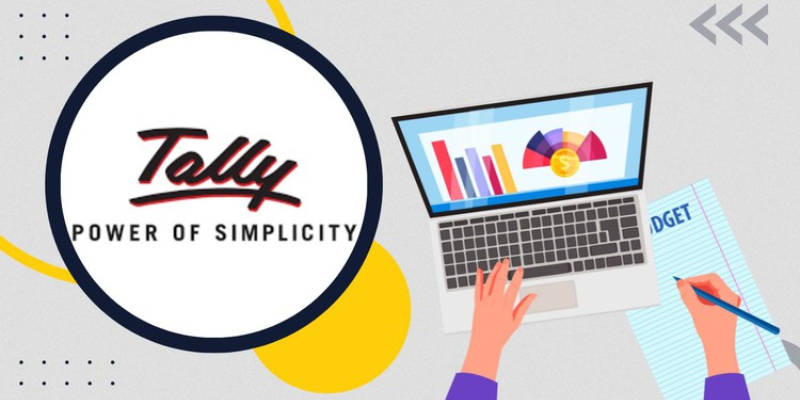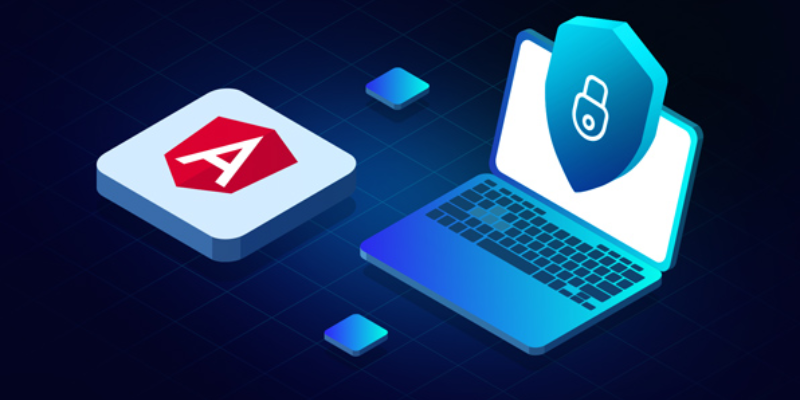How Edge Computing is Transforming Data Management?
In today’s digital environment, where data is sometimes referred to as the new oil, the advent of edge computing represents a transformational force that is changing the way we handle and use data. Edge computing signifies a dramatic shift away from the old centralized data processing paradigm toward a decentralized approach, bringing computation and data storage closer to the point of data production. As the technology gains traction, it is crucial to investigate its impact on data management practices. In this blog, we will explore How Edge Computing is Transforming Data Management. Unlock your Data Science potential! Embark on a […]


